Semi-Analytical Modeling and Analysis of Halbach Array
Abstract
1. Introduction
2. Structure and Working Principle of HA
3. The Proposed AB Method for PM
3.1. Mathematical Model of PM
3.2. Application of Amperian Current into PM
3.3. Amperian Current Distribution Modelling in HA
3.4. Magnetic Field Analysis Using the AB Method
4. Verification of the AB Method
5. Conclusions
Author Contributions
Funding
Conflicts of Interest
References
- Halbach, K. Design of permanent multipole magnets with oriented rare earth cobalt material. Nucl. Instrum. Methods 1980, 169, 1–10. [Google Scholar] [CrossRef]
- Choi, J.S.; Yoo, J. Optimal design method for magnetization directions of a permanent magnet array. J. Magn. Magn. Mater. 2010, 322, 2145–2151. [Google Scholar] [CrossRef]
- Choi, J.-S.; Yoo, J. Design of a Halbach Magnet Array Based on Optimization Techniques. IEEE Trans. Magn. 2008, 44, 2361–2366. [Google Scholar] [CrossRef]
- Lee, J.; Nomura, T.; DeDe, E.M. Topology optimization of Halbach magnet arrays using isoparametric projection. J. Magn. Magn. Mater. 2017, 432, 140–153. [Google Scholar] [CrossRef]
- Ravaud, R.; Lemarquand, G. Comparison of the coulombian and ampe-rian current models for calculating the magnetic field produced by radially mag-netized arc-shaped permanent magnets. Prog. Electromagn. Res. 2009, 95, 309–327. [Google Scholar] [CrossRef]
- Shen, B.; Geng, J.; Li, C.; Zhang, X.; Fu, L.; Zhang, H.; Ma, J.; Coombs, T.A. Optimization study on the magnetic field of superconducting Halbach Array magnet. Phys. C Supercond. 2017, 538, 46–51. [Google Scholar] [CrossRef]
- Bjork, R.; Bahl, C.; Insinga, A.R. Topology optimized permanent magnet systems. J. Magn. Magn. Mater. 2017, 437, 78–85. [Google Scholar] [CrossRef]
- Insinga, A.R.; Bahl, C.; Bjork, R.; Smith, A. Reply to Comment on ‘Performance of Halbach magnet with finite coercivity’. J. Magn. Magn. Mater. 2017, 429, 386–389. [Google Scholar] [CrossRef]
- Liu, G.; Shao, M.; Zhao, W.; Ji, J.; Chen, Q.; Feng, Q. Modeling and analysis of halbach magnetized permanent-magnets machine by using lumped parameter magnetic circuit method. Prog. Electromagn. Res. M 2015, 41, 177–188. [Google Scholar] [CrossRef]
- Lee, M.G.; Lee, S.Q.; Gweon, D.-G. Analysis of Halbach magnet array and its application to linear motor. Mechatronics 2004, 14, 115–128. [Google Scholar] [CrossRef]
- Jian, L.; Chau, K.T. Design and Analysis of an Integrated Halbach-magnetic-geared Permanent-magnet Motor for Electric Vehicles. J. Asian Electr. Veh. 2009, 7, 1213–1219. [Google Scholar] [CrossRef]
- Jin, P.; Yuan, Y.; Xu, Q.; Fang, S.; Lin, H.; Ho, S.L. Analysis of Axial-Flux Halbach Permanent-Magnet Machine. IEEE Trans. Magn. 2015, 51, 1–4. [Google Scholar] [CrossRef]
- Dwari, S.; Parsa, L.; Karimi, K.J. Design and analysis of Halbach array permanent magnet motor for high acceleration applications. IEEE Int. Electr. Mach. Drives Conf. 2009, 2, 1100–1104. [Google Scholar]
- Dwari, S.; Parsa, L. Design of Halbach-Array-Based Permanent-Magnet Motors with High Acceleration. IEEE Trans. Ind. Electron. 2011, 58, 3768–3775. [Google Scholar] [CrossRef]
- Mallek, M.; Tang, Y.; Lee, J.; Wassar, T.; Franchek, M.; Pickett, J. An Analytical Subdomain Model of Torque Dense Halbach Array Motors. Energies 2018, 11, 3254. [Google Scholar] [CrossRef]
- HAN, Q. Analysis and Modeling of the Eds Maglev System Based on the Halbach Permanent Magnet Array; University of Central Florida: Orlando, FL, USA, 2004. [Google Scholar]
- Ham, C.; Ko, W.; Han, Q. Analysis and optimization of a Maglev system based on the Halbach magnet arrays. J. Appl. Phys. 2006, 99, 3–5. [Google Scholar] [CrossRef]
- Jin, Y.; Kou, B.; Zhang, L.; Zhang, H.; Zhang, H. Magnetic and thermal analysis of a Halbach Permanent Magnet eddy current brake. Int. Conf. Electr. Mach. Syst. 2016, 2017, 5–8. [Google Scholar]
- Gonzalez, M.I. Experiments with eddy currents: The eddy current brake. Eur. J. Phys. 2004, 25, 463–468. [Google Scholar] [CrossRef]
- Ma, D.-M.; Shiau, J.-K. The design of eddy-current magnet brakes. Trans. Can. Soc. Mech. Eng. 2011, 35, 19–37. [Google Scholar] [CrossRef]
- Ebrahimi, B.; Khamesee, M.B.; Golnaraghi, F. A novel eddy current damper: Theory and experiment. J. Phys. D Appl. Phys. 2009, 42, 075001. [Google Scholar] [CrossRef]
- Ebrahimi, B.; Khamesee, M.B.; Golnaraghi, F. Eddy current damper feasibility in automobile suspension: Modeling, simulation and testing. Smart Mater. Struct. 2008, 18, 15017. [Google Scholar] [CrossRef]
- Eckert, P.R.; Filho, A.F.F.; Perondi, E.; Ferri, J.; Goltz, E. Design Methodology of a Dual-Halbach Array Linear Actuator with Thermal-Electromagnetic Coupling. Sensors 2016, 16, 360. [Google Scholar] [CrossRef] [PubMed]
- Meessen, K.; Gysen, B.; Paulides, J.; Lomonova, E. Halbach Permanent Magnet Shape Selection for Slotless Tubular Actuators. IEEE Trans. Magn. 2008, 44, 4305–4308. [Google Scholar] [CrossRef]
- Choi, Y.-M.; Lee, M.G.; Gweon, D.-G.; Jeong, J. A new magnetic bearing using Halbach magnet arrays for a magnetic levitation stage. Rev. Sci. Instrum. 2009, 80, 45106. [Google Scholar]
- Eichenberg, D.J.; Gallo, C.A.; Thompson, W.K. Development and Testing of an Axial Halbach Magnetic Bearing; Technical Report, NASA/TM-2006-214477, E-15769; NASA: Washington, DC, USA, 2006. [Google Scholar]
- Feipeng, X.; Tiecai, L.; Yajing, L. A Study on passive magnetic bearing with Halbach magnetized array. In Proceedings of the 2008 International Conference on Electrical Machines and Systems, Wuhan, China, 17–20 October 2008; pp. 417–420. [Google Scholar]
- Zhu, D.; Beeby, S.; Tudor, J.; Harris, N. Vibration energy harvesting using the Halbach array. Smart Mater. Struct. 2012, 21, 75020. [Google Scholar] [CrossRef]
- Behnke, C.; Schomburg, W.K. Energy Harvesting for Sensors of Structural Integrity in Wind Power Stations. Proceedings 2017, 1, 577. [Google Scholar] [CrossRef]
- Xu, Q.R.; Send, R.; Paprotny, I.; White, R.M.; Wright, P.K. Miniature self-powered stick-on wireless sensor node for monitoring of overhead power lines. In Proceedings of the 2013 IEEE Energy Conversion Congress and Exposition, Denver, CO, USA, 15–19 September 2013; pp. 2672–2675. [Google Scholar]
- He, W.; Li, P.; Wen, Y.; Zhang, J.; Lu, C.; Yang, A. Energy harvesting from electric power lines employing the Halbach arrays. Rev. Sci. Instrum. 2013, 84, 105004. [Google Scholar] [CrossRef]
- Vinuesa, R.; Azizpour, H.; Leite, I.; Balaam, M.; Dignum, V.; Domisch, S.; Felländer, A.; Langhans, S.D.; Tegmark, M.; Nerini, F.F. The role of artificial intelligence in achieving the Sustainable Development Goals. Nat. Commun. 2020, 11, 1–10. [Google Scholar] [CrossRef]
- Fitzgerald, A.E.; Kingsley, C.; Umans, S.D. Electric Machinery, 6th ed.; McGraw-Hill Higher Education: New York, NY, USA, 2003; ISBN 0073660094. [Google Scholar]
- Binns, K.J.; Lawrenson, P.J.; Trowbridge, C.W. The Analytical and Numerical Solution of Electric and Magnetic Fields, 1st ed.; Wiley: Hoboken, NJ, USA, 1993; ISBN 978-0-471-92460-9. [Google Scholar]
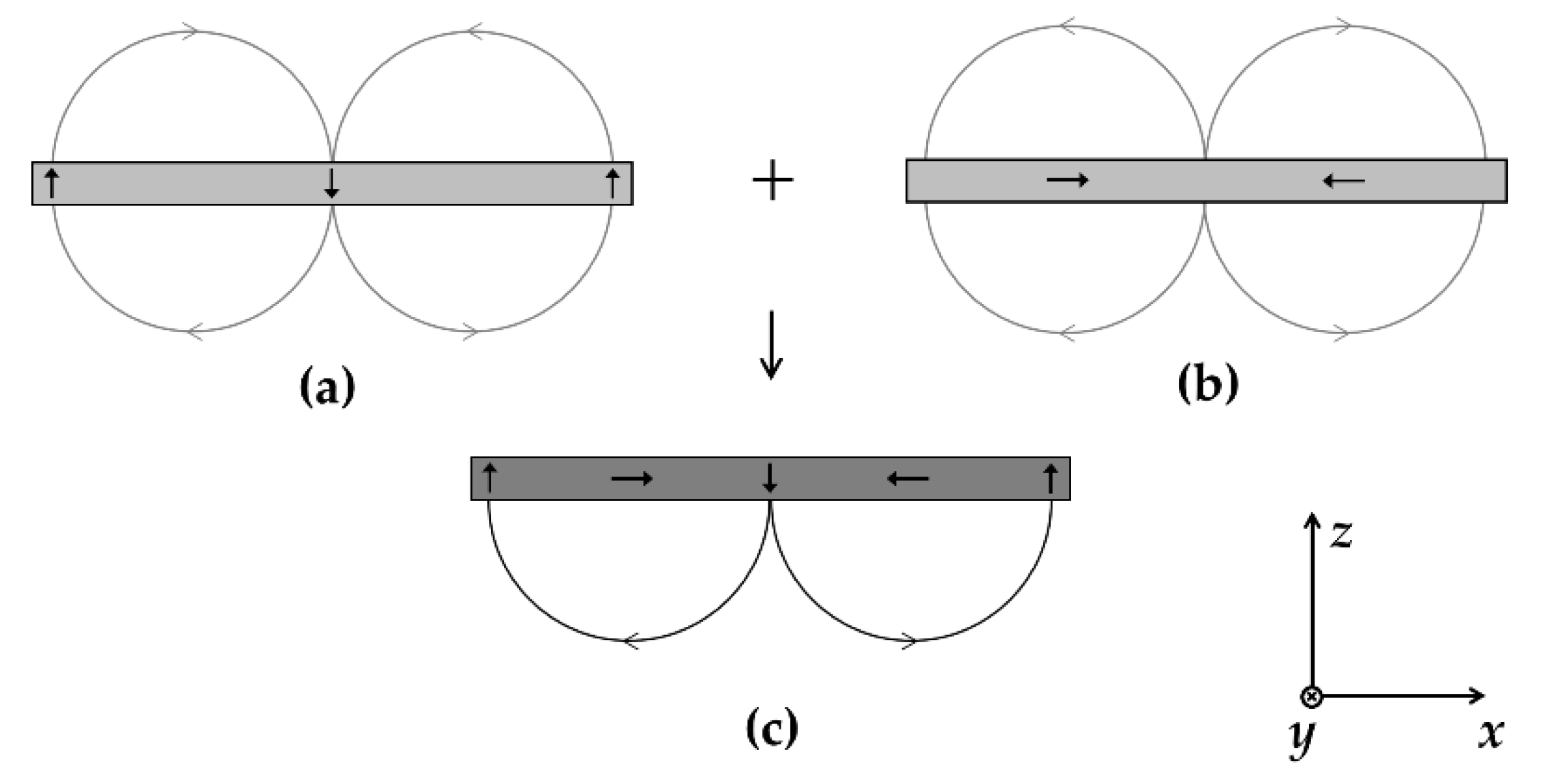
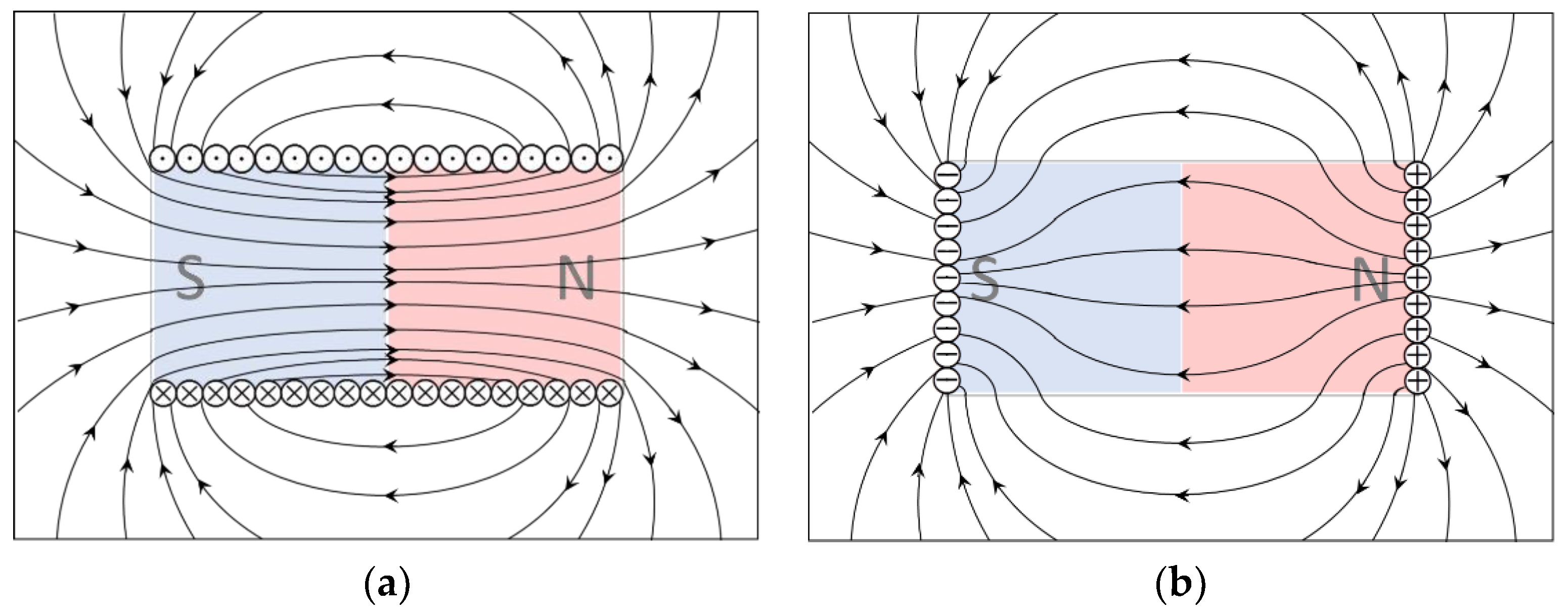
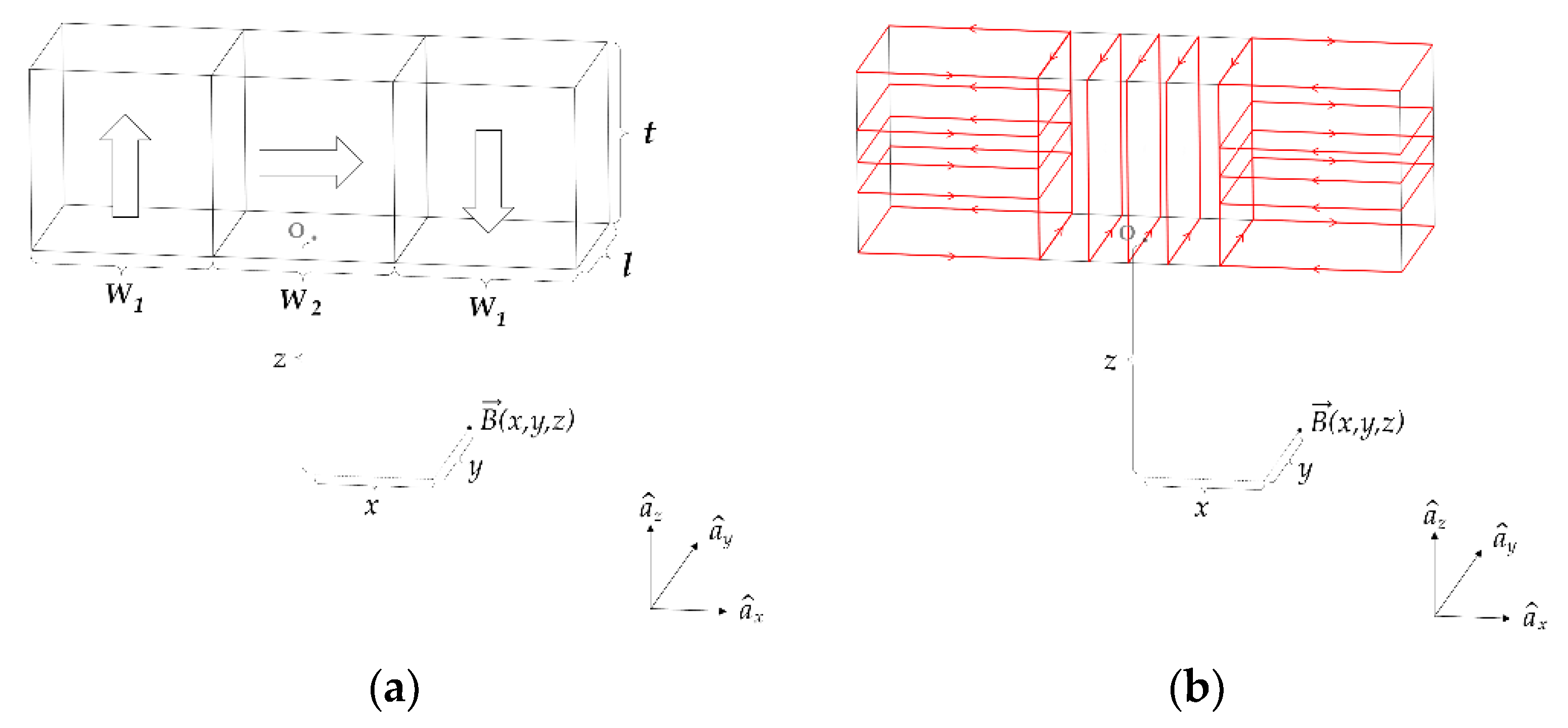
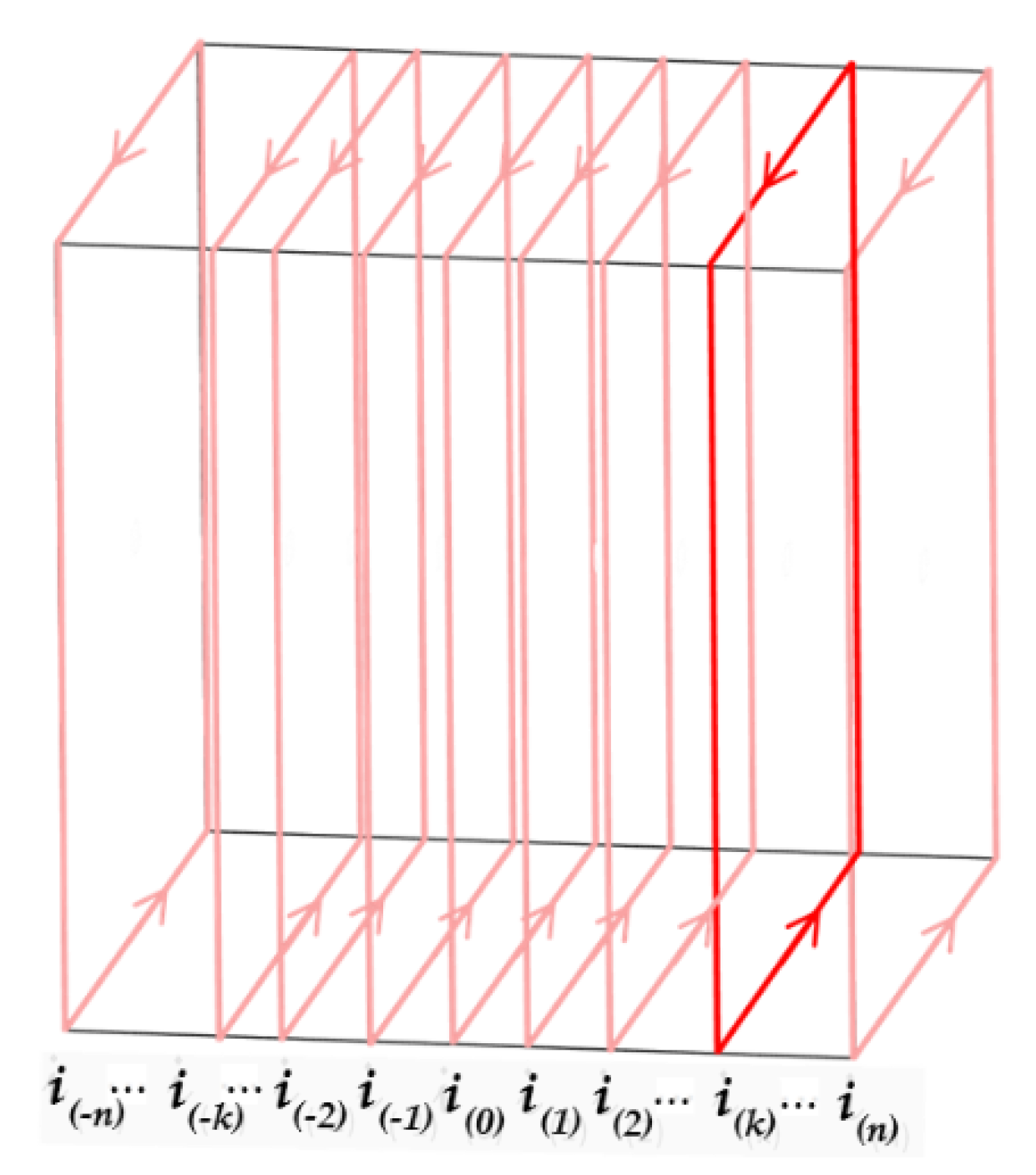
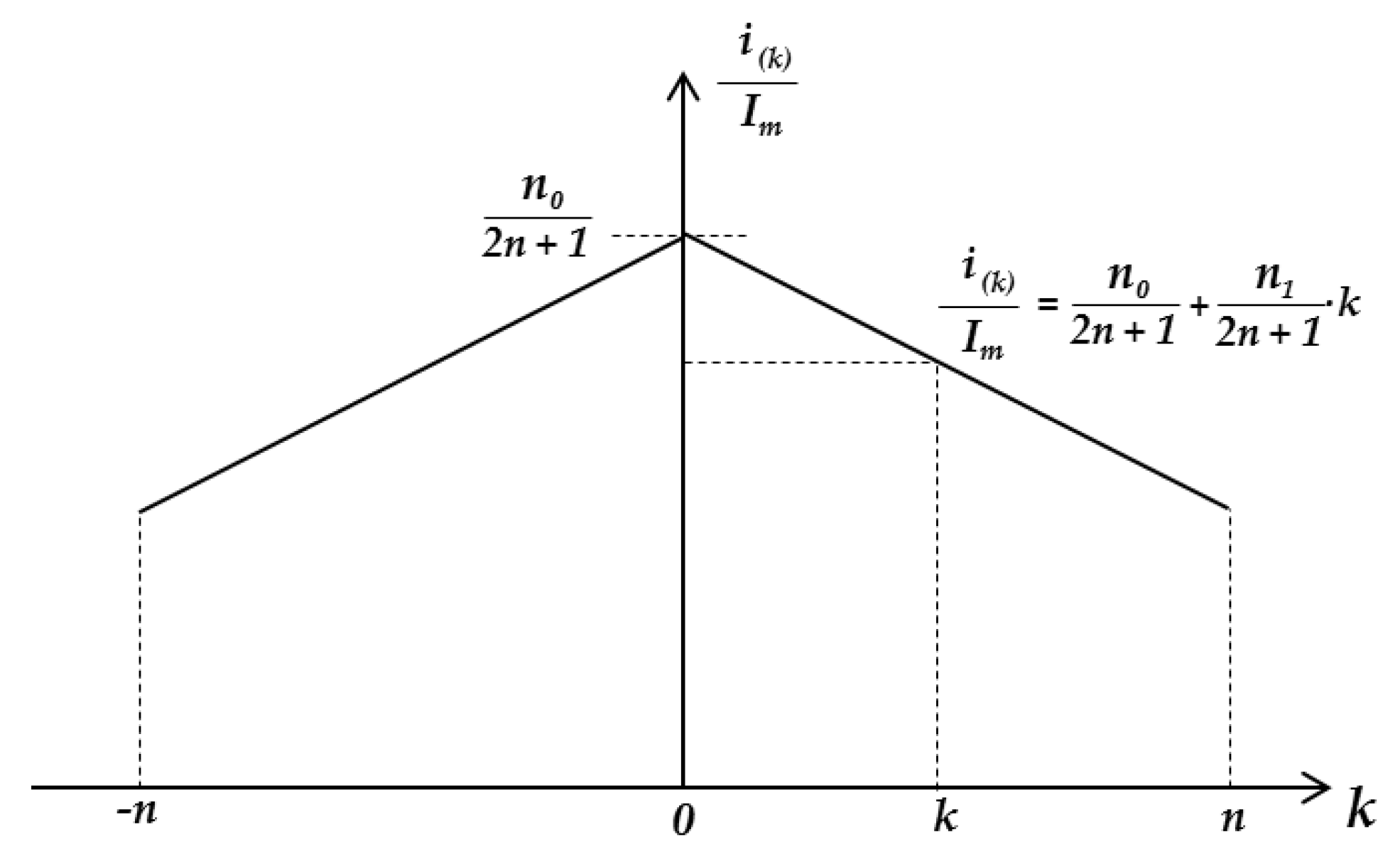
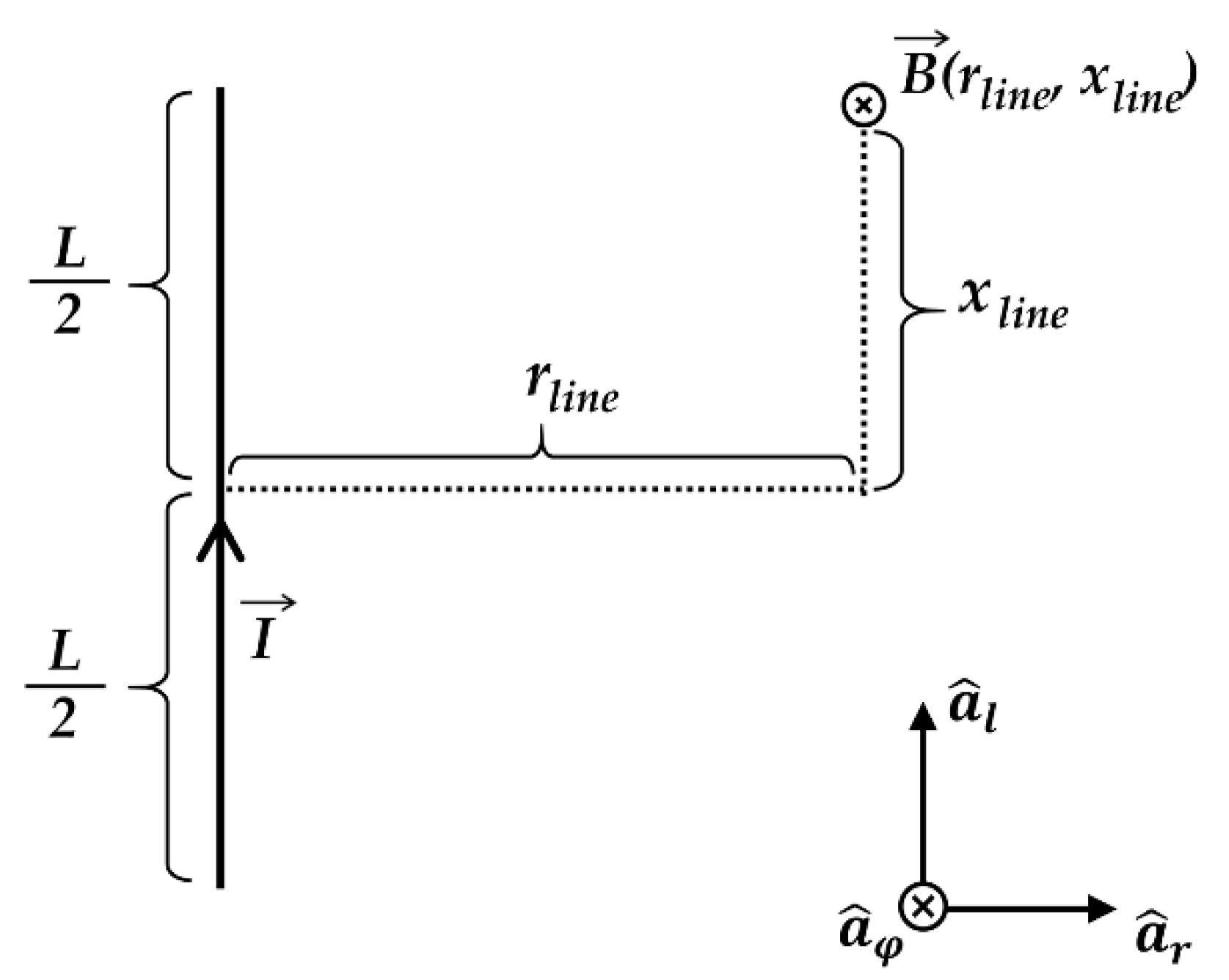
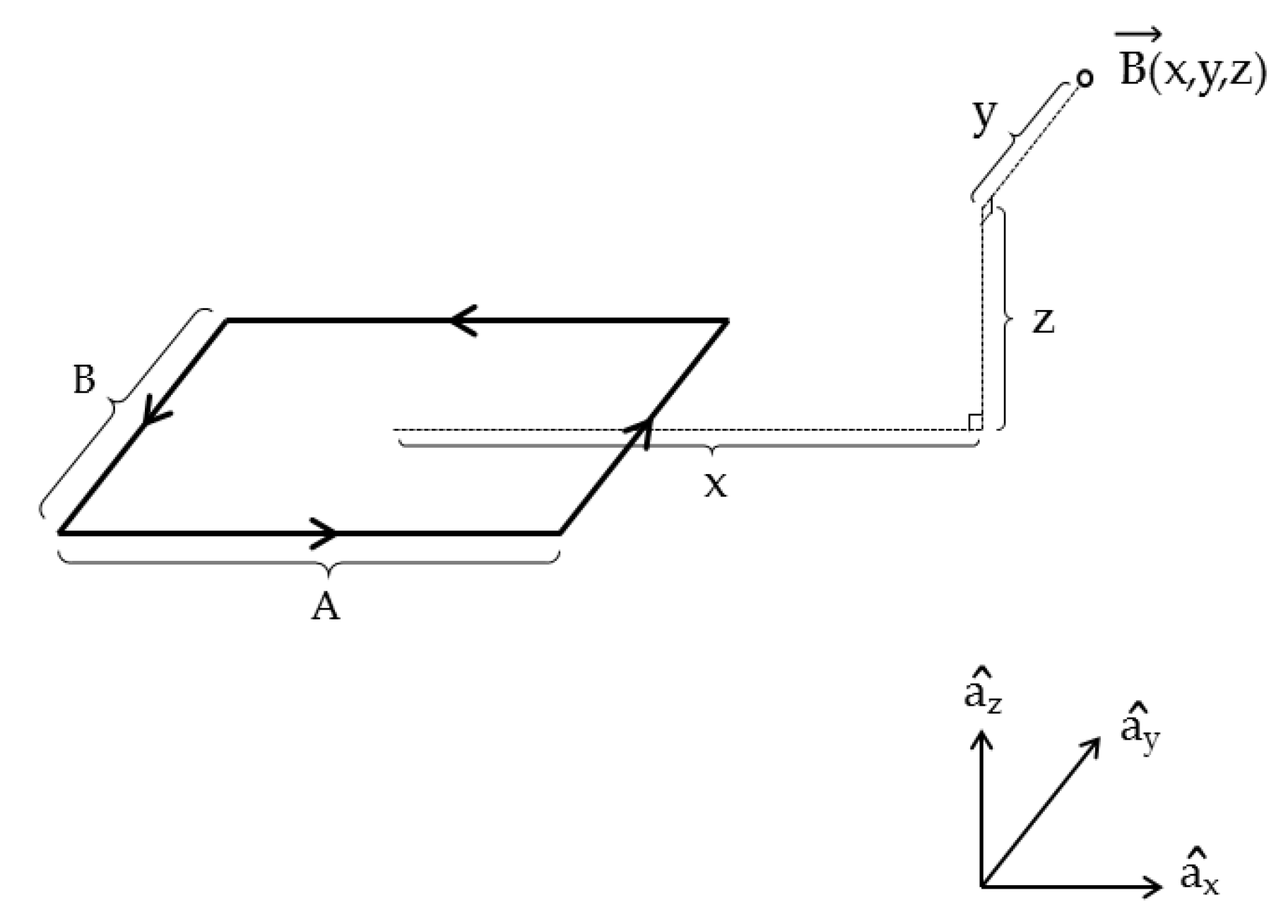
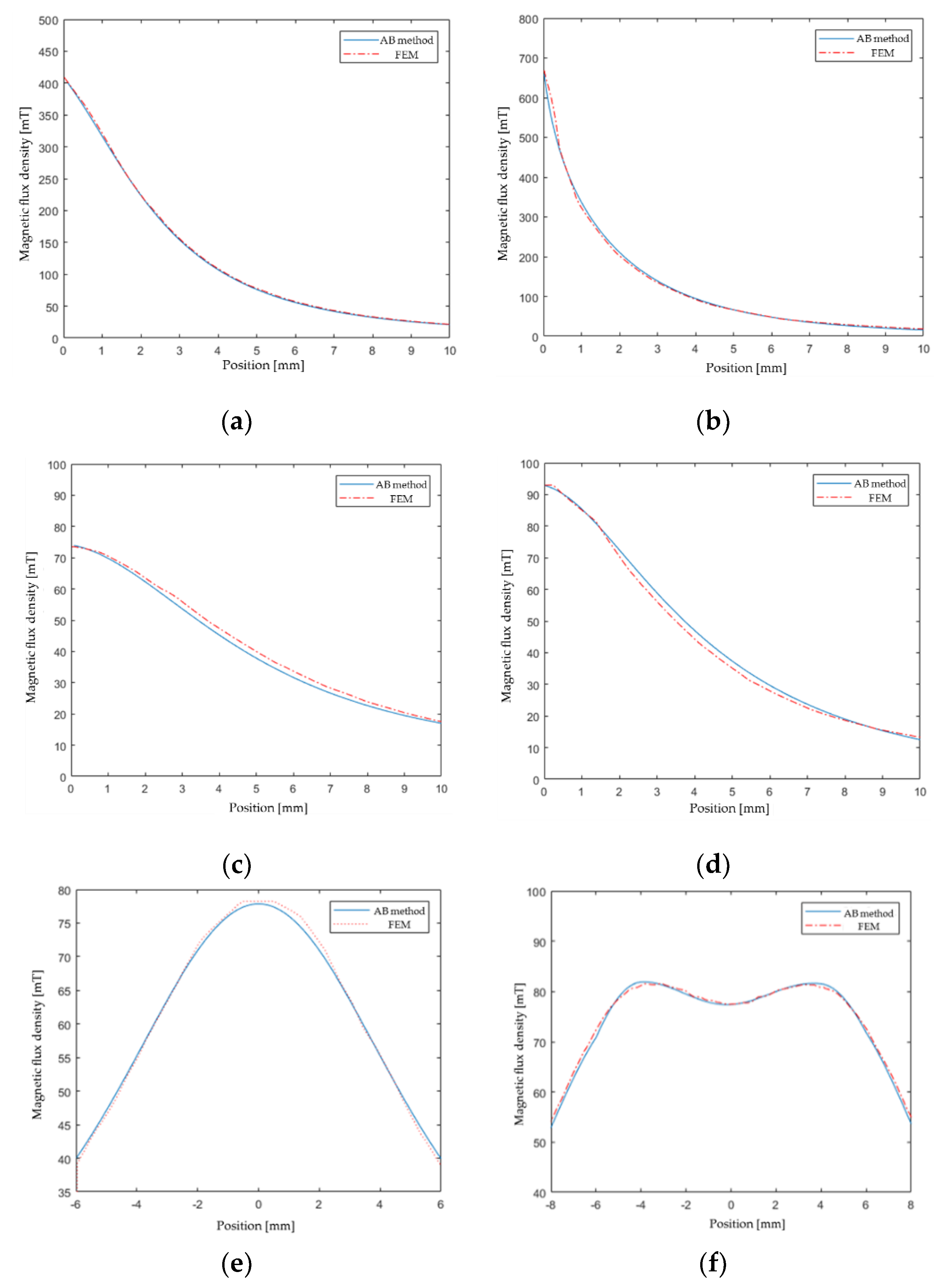
| Design Variable | Value |
|---|---|
| w1 | 5 mm |
| w2 | 5 mm |
| l | 5 mm |
| t | 5 mm |
| μr | 1.0998 |
| Hc | −890 kA/m |
© 2020 by the authors. Licensee MDPI, Basel, Switzerland. This article is an open access article distributed under the terms and conditions of the Creative Commons Attribution (CC BY) license (http://creativecommons.org/licenses/by/4.0/).
Share and Cite
Sim, M.-S.; Ro, J.-S. Semi-Analytical Modeling and Analysis of Halbach Array. Energies 2020, 13, 1252. https://doi.org/10.3390/en13051252
Sim M-S, Ro J-S. Semi-Analytical Modeling and Analysis of Halbach Array. Energies. 2020; 13(5):1252. https://doi.org/10.3390/en13051252
Chicago/Turabian StyleSim, Min-Seob, and Jong-Suk Ro. 2020. "Semi-Analytical Modeling and Analysis of Halbach Array" Energies 13, no. 5: 1252. https://doi.org/10.3390/en13051252
APA StyleSim, M.-S., & Ro, J.-S. (2020). Semi-Analytical Modeling and Analysis of Halbach Array. Energies, 13(5), 1252. https://doi.org/10.3390/en13051252






